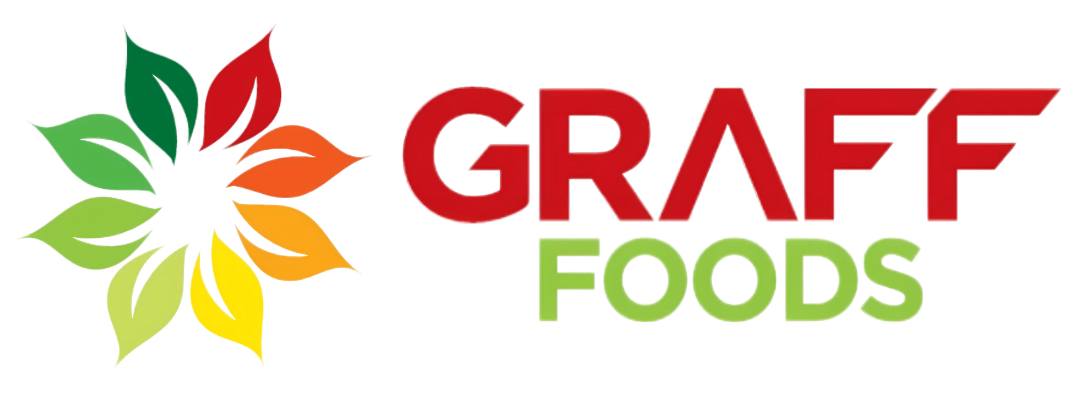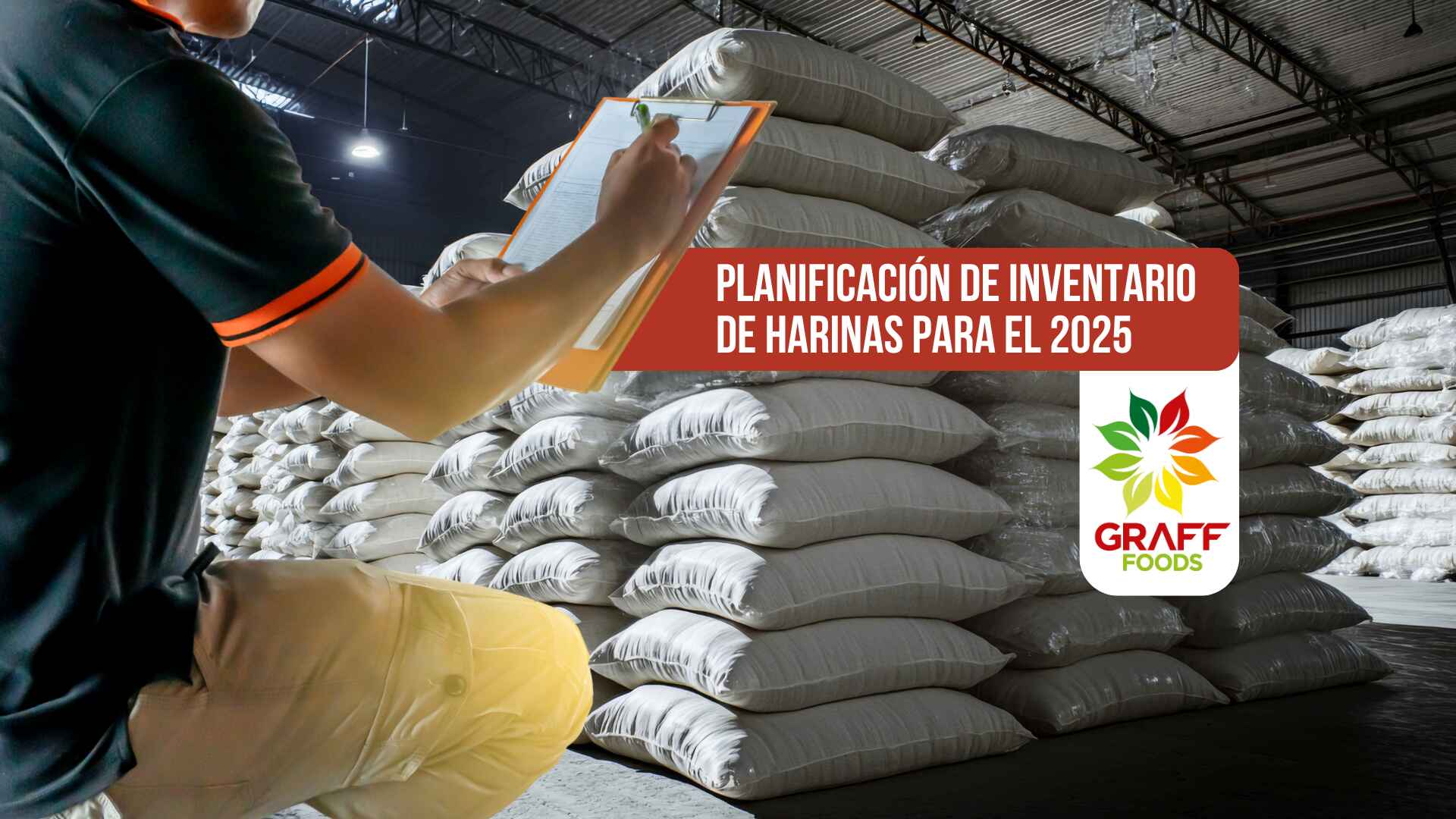The Flour inventory planning for 2025 has become a strategic priority for wholesalers and distributors, given the impact of global market conditions, demand fluctuations, and logistical challenges associated with flour storage and flour distributionThis article will discuss how to anticipate industry changes, optimize inventory management with advanced tools, ensure sustainability in flour storage , and minimize costs without compromising product quality. If you're seeking practical solutions and updated trends to ensure efficiency in your supply chain, you're in the right place.
Why is flour inventory planning so important?
The Flour inventory planning is an essential business strategy that allows you to:
- Reduce costs: By optimizing stock levels, avoiding obsolescence, and minimizing storage expenses.
- Improve efficiency: By streamlining purchasing, storage, and distribution processes.
- Ensure quality: By implementing quality control measures and ensuring compliance with health regulations.
- Increase customer satisfaction: By meeting demand promptly and avoiding stockouts.
Trends in Flour Inventory Planning for 2025
The food industry is undergoing significant changes driven by digitalization and sustainability. To stay competitive, it's vital to incorporate these trends:
1. Inventory Digitalization:
There are numerous software solutions available to help you manage your inventory more efficiently, including:
- ERP Systems: These integrate all areas of your business, including inventory management.
- WMS (Warehouse Management System): These specialize in warehouse operations and optimize storage and distribution processes.
- Demand Planning Software: These tools help forecast future demand and support smarter purchasing decisions.
2. Focus on Sustainability:
The preference for organic flours and waste reduction are influencing storage and distribution practices.
Calculating Annual Demand
Accurately forecasting how much flour you’ll need can be a challenge. However, several tools and techniques can help, such as:
- Historical sales analysis: Reviewing past sales data to identify patterns and seasonal trends.
- Demand forecasting: Using specialized software to project future sales more precisely.
- Reorder point method: Setting a minimum stock level that triggers a new purchase order.
Best Practices for Flour Storage and Logistics
The flour storage is essential to protect product quality and control operating costs across the supply chain. Implementing proper strategies ensures freshness, food safety, and overall inventory efficiency. Maintaining optimal warehouse conditions and using modern management systems ensures your flour reaches customers in excellent condition. By doing so, wholesalers can minimize risks and maintain a competitive edge in a demanding market.
1. Storage Conditions:
- Keep a dry, cool environment, ideally between 59°F and 77°F (15–25°C).
- Use raised pallets to avoid direct contact with the floor and to control humidity.
2. Loss Prevention:
- Implement FIFO (First In, First Out) to ensure older stock is used first and prevent expiry.
- Conduct regular inspections for signs of infestation or spoilage.
3. Aseguramiento de la Calidad
Incorpora pruebas regulares de calidad, como análisis de humedad y contenido microbiológico, para garantizar la seguridad del producto.
Demand Forecasting for 2025
Forecasting demand is both art and science. Key factors include:
- Market changes: The rise in health-conscious eating may drive demand for whole or gluten-free flours.
- External factors: Global regulations, climate, and economic shifts can affect supply and pricing.
Flour Sourcing and Supply
Effective planning involves identifying reliable sources and diversifying suppliers to mitigate risk.
1. Reliable Suppliers
Look for suppliers with international certifications like ISO 22000 or HACCP to ensure quality and food safety.
2. Supply Diversification
Partner with multiple suppliers to avoid supply interruptions.
3. Long-Term Contracts
These provide price stability and ensure supply volumes, especially in volatile markets.
Sustainability and Cost Reduction
Sustainability benefits not only the environment but can also lead to significant savings.
1. Optimized Transportation
Use smart routing to reduce fuel costs and emissions.
2. Efficient Storage
Implement automation to reduce energy use and space.
3. Price Volatility Management
Use futures markets to protect against sudden raw material cost increases.
Necessary Regulations and Certifications
Complying with local and international regulations is critical to avoid penalties and maintain customer trust.
1. International Regulations
Ensure compliance with standards such as Codex Alimentarius or destination-specific laws.
2. Quality Certifications
Implement certifications like BRCGS (Global Standard for Food Safety) to build product credibility.
Risk Management and Contingency Planning
Risks such as stockouts or overstocking should be proactively addressed.
1. Risk Minimization
- Keep safety stock to handle unforeseen events.
- Have flexible agreements with suppliers.
2. Excess Inventory Management
Use strategies like discounting excess stock or partnering with food banks.
3. Inventory Insurance
Consider insurance coverage for natural disasters, theft, or spoilage.
Conclusion
The Flour inventory planning for 2025 is a strategic challenge that requires focus and precision to stay competitive in a constantly evolving global market. From forecasting demand using advanced tools to optimizing flour storage and reducing logistics costs, every decision plays a vital role in maintaining product quality and meeting customer expectations.
At Graffoods, we specialize in being a strategic partner for wholesalers by offering comprehensive flour distribution. We work with reliable suppliers, provide efficient logistics, and deliver certified, top-quality products. Our global supply chain expertise ensures timely, personalized delivery tailored to your business needs. Looking to secure a consistent and efficient supply for 2025? Graffoods connects wholesalers and distributors with the best suppliers, enabling sustainable and competitive agreements. Contact us to strengthen your value chain and ensurethe success of your flour inventory.

